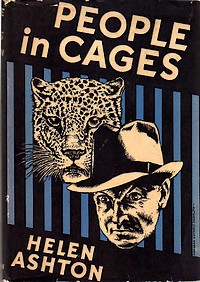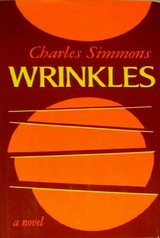It takes a light touch to make a successful soufflé–or comedy. Maurice Bedel’s 1929 novel, Molinoff, or, The Count in the Kitchen is a perfect example of the skill and care required to produce something of substance while keeping it light as air.
Molinoff is one of the many outcast Tsarist noblemen drifting around France after the October Revolution. His good looks, refined manners, and discriminating palate have landed him jobs as a tuxedo model, desk clerk, maître d’, and sous chef when he hires on with Monsieur Diego Cortés, a rich Bolivian planter who buys up a fine château in the Loire valley. Cortés proceeds to desecrate all the venerable trappings of his new estate, starting with the Gobelin tapestry in the main salon, which he rips down to improve the acoustics.
Cortés soon departs, leaving Molinoff only his corpulent and undemanding wife to tend to. Exploring the countryside on frequent breaks from the kitchen, Molinoff meets Anne and Françoise, daughters of M. d’Eglantier, a local royalist. Mistaking Molinoff as the owner of Cortés’ estate, they sweep up the Count, whom they invest with great mystery and romance, into their little circle of Action Française reactionaries. This group has all the passion and political impact of a chapter of the Flat Earth Society.
Bedel deftly skewers these sycophants as they gather around their favored pretender, the Duchesse de Guyenne:
The Duchess, prompted in whispers by the district secreatries, had the right word for each of her subjects. Her remarks, to be sure, were no distinguished; but, falling from her royal lips, they were gathered up with fervour, and destined to be cheirshed in many family traditions. “As the Duchesse de Guyenne once said to my grandfather,” the descendants of an old huntsman of Poitou would some day say, “hunting is a good sport.”
Although the followers of la Duchesse seem oblivious to the fact, Bedel manages to make it clear that the pretence of a possible return of French monarchy is propped up by a coterie of wealthy Swedes, Americans, and Latin Americans all looking to add a few titled names to their circle of acquaintances.
 Molinoff falls deeper and deeper in love with the illusion of being a genuine nobleman, until it all comes crashing down around him. By then, unfortunately, Françoise d’Eglantier has also fallen in love with the illusion. Rather than burst their bubbles, though, Bedel leaves the final resolution of the lover’s fate to the reader’s imagination. As satires go, it’s a pretty gentle one. Molinoff loses his job, but not his self-respect. And the collaborationist side of Action Française is still a decade away.
Molinoff falls deeper and deeper in love with the illusion of being a genuine nobleman, until it all comes crashing down around him. By then, unfortunately, Françoise d’Eglantier has also fallen in love with the illusion. Rather than burst their bubbles, though, Bedel leaves the final resolution of the lover’s fate to the reader’s imagination. As satires go, it’s a pretty gentle one. Molinoff loses his job, but not his self-respect. And the collaborationist side of Action Française is still a decade away.
Bedel was a physician turned novelist and essayist who enjoyed a mild success with U. S. readers in the late 1920s. His first novel, Jerome: or, The Latitude of Love, won him the Prix Goncourt in 1927. His 1932 novel, Philippine, poked fun at Mussolini’s Italian fascists. Bedel’s 1937 book, Monsieur Hitler earned it the tribute of being burned in Germany. As Leo Forkey later wrote of Bedel’s work, “In the decade 1930-1940, all might have been classified as ‘amusing’, but a re-examination in the period 1940-1946 would change the word ‘amusing’ to ‘tragic’ and also add the word ‘prophetic’.”

 Ben Daniel Piazza, we learn from his
Ben Daniel Piazza, we learn from his  You’ve probably seen Ben Piazza. His
You’ve probably seen Ben Piazza. His 

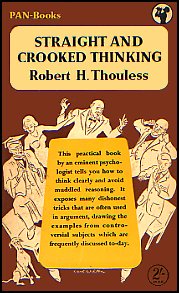
 Donald Schon’s
Donald Schon’s 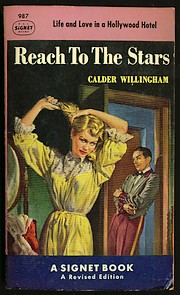
 Reading Isa Glenn’s novel,
Reading Isa Glenn’s novel,  Glenn published a total of eight novels in the space of nine years. Two–
Glenn published a total of eight novels in the space of nine years. Two–
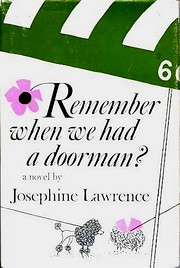
 the book itself or the fact that it was published by the Princeton University Press. Purportedly the “twenty-five year record of ‘the finest aggregation of men that ever spent four years together at Old Nostalgia'” as penned by the class secretary, “Tubby” Rankin,
the book itself or the fact that it was published by the Princeton University Press. Purportedly the “twenty-five year record of ‘the finest aggregation of men that ever spent four years together at Old Nostalgia'” as penned by the class secretary, “Tubby” Rankin, 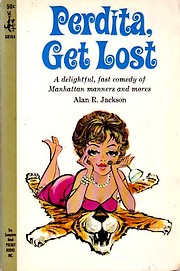 I picked up
I picked up 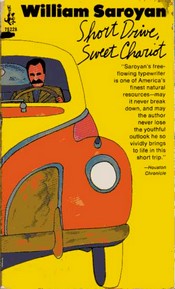 “In the summer of 1963 I bought a 1941 Lincoln limousine in New York, so that I might be chauffeur in California to the few remaining dignitaries in my family,” William Saroyan explains at the start of
“In the summer of 1963 I bought a 1941 Lincoln limousine in New York, so that I might be chauffeur in California to the few remaining dignitaries in my family,” William Saroyan explains at the start of 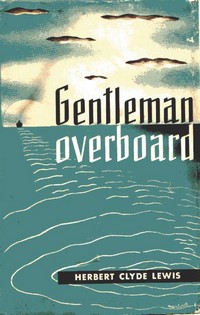 In
In  Riffling realizes he is an Out-of-Sync, as is Miss Dunnette, the gorgeous red-headed librarian with whom he heads of on his journey. They soon locate Hafter’s former lover, Emma, a 70-year-old toker who still lives on the old farm where Hafter established Gallitzin College in the barn and pulled together a Utopian community of fellow Out-of-Syncs back in the 1920s. Fifty years ahead of its time, Hafter’s commune was awash in organic veggies, free love, and home-grown hemp, and everyone worshipped an enormous painting of a nude black woman with a sunflower bursting from her crotch.
Riffling realizes he is an Out-of-Sync, as is Miss Dunnette, the gorgeous red-headed librarian with whom he heads of on his journey. They soon locate Hafter’s former lover, Emma, a 70-year-old toker who still lives on the old farm where Hafter established Gallitzin College in the barn and pulled together a Utopian community of fellow Out-of-Syncs back in the 1920s. Fifty years ahead of its time, Hafter’s commune was awash in organic veggies, free love, and home-grown hemp, and everyone worshipped an enormous painting of a nude black woman with a sunflower bursting from her crotch. Ah, there’s nothing like a dose of Georges Simenon to remind us of the worms lurking just beneath the surface of normality. He really was a master of finding that loose thread that can unravel the whole fabric of one’s existence with a simple tug.
Ah, there’s nothing like a dose of Georges Simenon to remind us of the worms lurking just beneath the surface of normality. He really was a master of finding that loose thread that can unravel the whole fabric of one’s existence with a simple tug.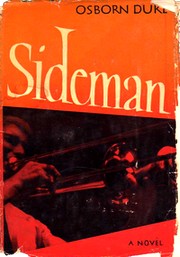 I probably would have filed
I probably would have filed 